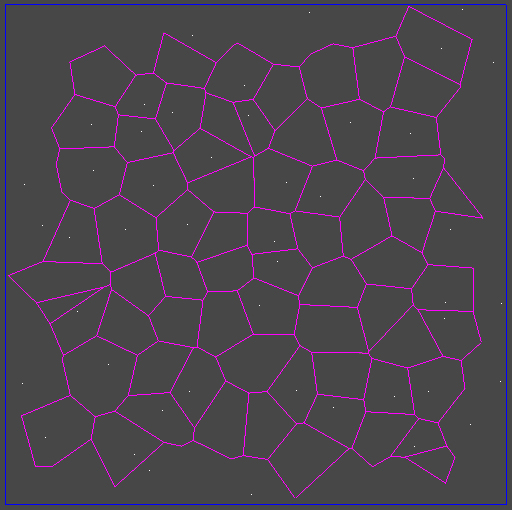What I'm trying to achieve for my current project is a simple 2D map generation (or, being more precise, the screen space tessellation) where not all of the "cells" have the same number of neighbours. So for example I'd be fully content with a Voronoi diagram like this:

But the cells don't have to be convex polygonal (or polygon-like) at all. The may very well look like this:

All that matters to me is to be able to easily create such maps programming-wise and also be it efficient enough for mobile devices to handle. Also the cells created with this method will have to be clickable cause I want to bind some actions to them.
Does any engine support something like this out of the box or with a well-known library or asset? Normally I work in Unity but frankly, I don't even know where to start if I were to do it in it. There are some open source Voronoi diagram codes for Unity but they're complex, have bugs and don't make the next step, which is making the cells clickable, easy at all as they're geared toward simple line drawings.
What tool would you recommend for my needs? How would you go about creating something like this?








